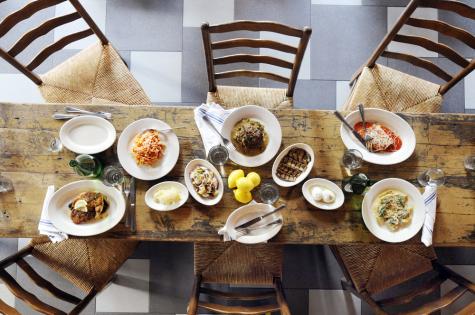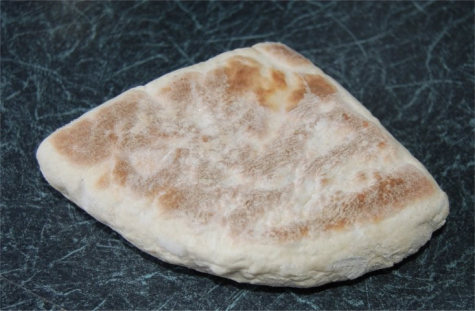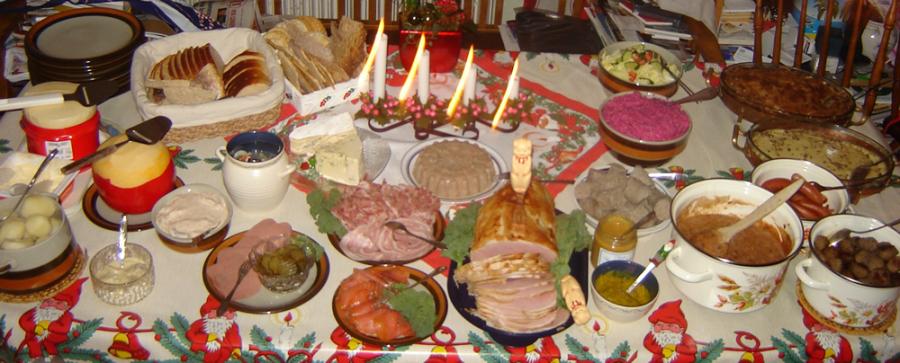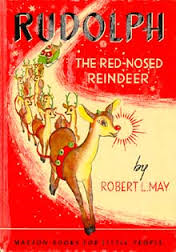The holidays are the ideal way to get families together. Whether it is through opening presents, celebrating a birthday, or just being together. The most popular way is sharing a meal with the ones that you love. Family traditions have been past down from generations to generations. The holiday that is considered with the most traditions is Christmas. All over the world, people celebrate holidays in their own way. But they each have a specific meal that accompanies this selected holiday.
Italy and the Seven Fishes

The traditional seven fishes dinner set on the table before feasting on the meal.
The Seven Fishes Christmas Meal is referred to as “Esta dei Sette Pesci.” This tradition originally started in the southern regions like Naples and Sicily but as traveled a bit toward northern places in Italy. But each family has a different interpretation of the Seven Fishes diner. These representations include: It took God seven days to create the earth, or that the seven fishes represent the seven sacraments. Others say that it represents the Three Wise Men and the Holy Trinity. The fish served in this dish include calamari (which is a type of squid), baccala (type of cod fish), blue crab, scallops, pupa (type of octopus), shrimp, clams, oysters, lobsters and many more.
France and the Thirteen Desserts
This tradition originated in Provence, France. The thirteen desserts are to symbolize Jesus and the twelve apostles. These desserts can include simple ones like raisins, walnuts, hazelnuts, almonds, dates, oranges and tangerines. But that is not all they include. Complex dishes such as Pompe à l’huile and Nougat are necessary for this celebration.
The Pompe à l’huile is sweet olive oil bread. It is prepared using your basic bread ingredient such as yeast, warm water and flour. But to make the coating of the bread, you must include ingredient such as powdered sugar, fruity extra virgin olive oil and orange flower water. The Nougat is a chewy, but sometimes brittle, candy containing almonds or other nuts and sometimes fruits. To give it the sweetness, you add honey to the candy to give it something extra.
People are surprised to see that the Bûche de Noël, a Christmas dessert log, was not included. This is because only healthy desserts are to be served at Christmas. This is to represent prosperity for the year to come.
Germany and Stollen
The Stollen is traditional German bread that is made around Christmas time. The Stollen bread is always made from scratch. The dough is sweet dough that consists of flour, salt and yeast. Then raisins, almonds, cherries, lemon peel and nutmeg are added. This takes around three days to make. The three days consists of soaking the dough in Meyers Rum. This is what gives the basic bread its flavor.
The first Stollen was made in Dresden, Germany around the 1400s. Stollen was originally made and shaped to represent baby Jesus wrapped in clothes. From the 1560 and on, the bakers would deliver one or two 36 pound Christmas Stollen to the Saxon King every year. Due to Advent, there was a ban of the use of butter on baked good in Germany. The bakers then used oil as a replacement. But this left the bread to be tasteless and was very expensive for the bakers to make. The Pope lifted the ban to make the Christmas bread for the Prince and his family in 1647. But the ban was not lifted for the general public until 1691. Now, only 150 bakers are allowed to make the official Dresden Stollen, complete with the seal of the city’s famous king August the Strong. Bakers all over the world make their version of the bread anyway.
Australia and Damper

Australian Damper after it is done being baked in the open fire.
The Damper was originally made for the traveler in Australia. Being that Australia has an isolated rural population, they relied on easily transported goods such as flour, tea and sugar. The Damper bread is simply baked on an open fire. The traveler simply mixed flour with baking powder and water. This produced stiff dough that was then baked on the coals of a wood fire. The traveler made this dish for numerous reasons. These reasons include: no hardware was required; no fuel was necessary; it was simple, very compact, cheap, and economical.
Making this recipe is very easy. All you need is flour (self-rising, whole meal), salt and water. To bake or cook this bread, you need to start a fire with coal and wood. Once you complete making the stiff dough, you then make your fire with coal and wood and place the dough next to it. Now, Australians bake this bread while traveling and during the holidays.
Poland and Wigilia
Wigilia is from the Latin term meaning ‘to await.’ To Poland, it is the way they identify Christmas Eve. It takes families days to prepare this feast. But before they eat, the family shares Oplatek. This is a Christmas wafer. General, this is served at a Catholic mass. The Polish family starts the meal with a prayer. After the prayer, the family blesses the Oplatek and break a piece off and pass it down the table. When doing this, they exchange wishes for the year to come. This is a very traditional blessing and once they complete it, food is served. Around eight different meals are prepared for this feast.
Meals that are served on Christmas Eve include: mushroom soup with noodles, pickled herring, sauerkraut with mushroom (often used red cabbage), dried fruit, noodled with poppy seeds, kutia (boiled wheat, poppy seeds and honey) and pierogi.
These are only the basic, traditional meals that are served. Every family has their own traditions, some recipes are added and some are taken away.















